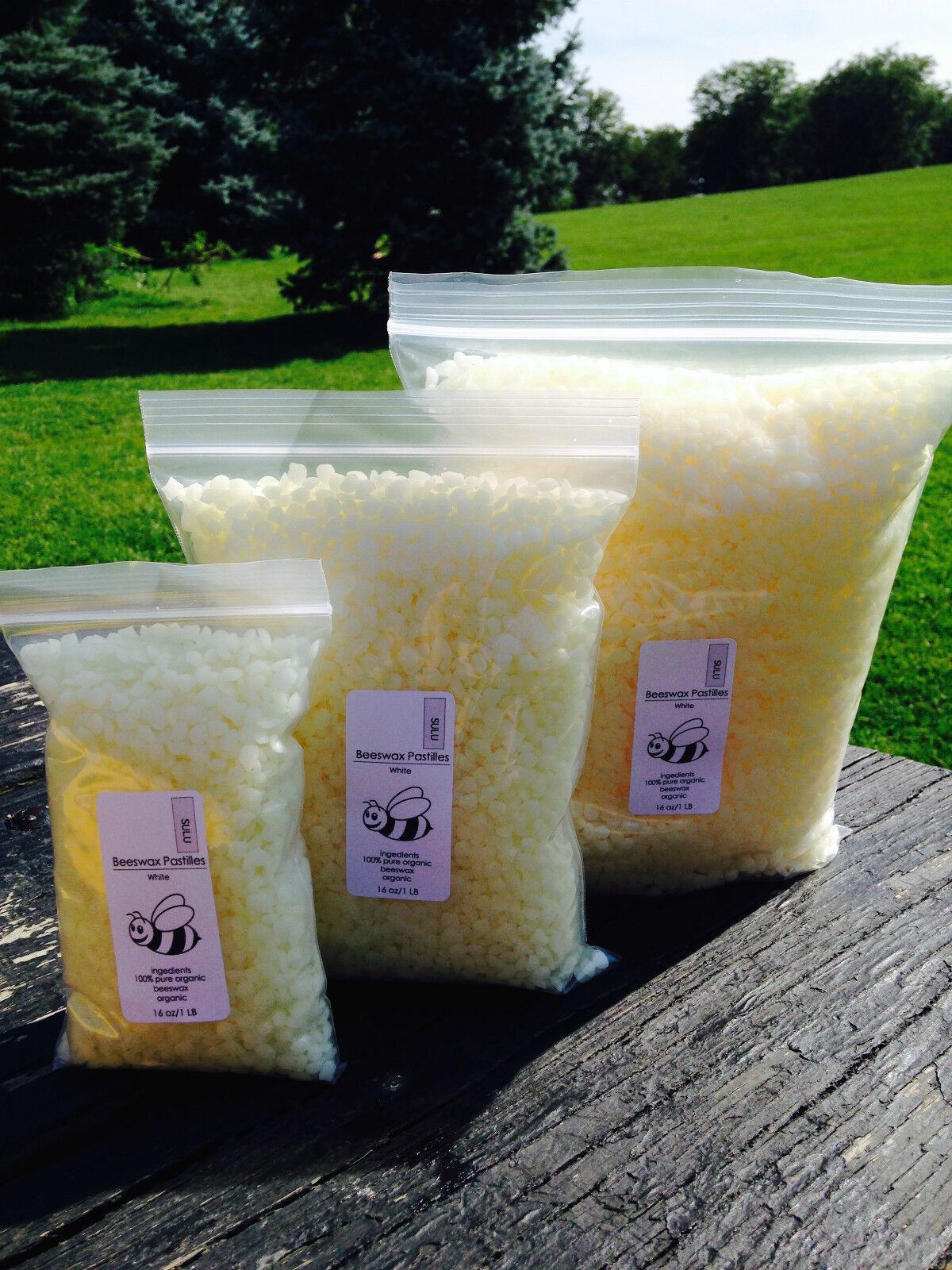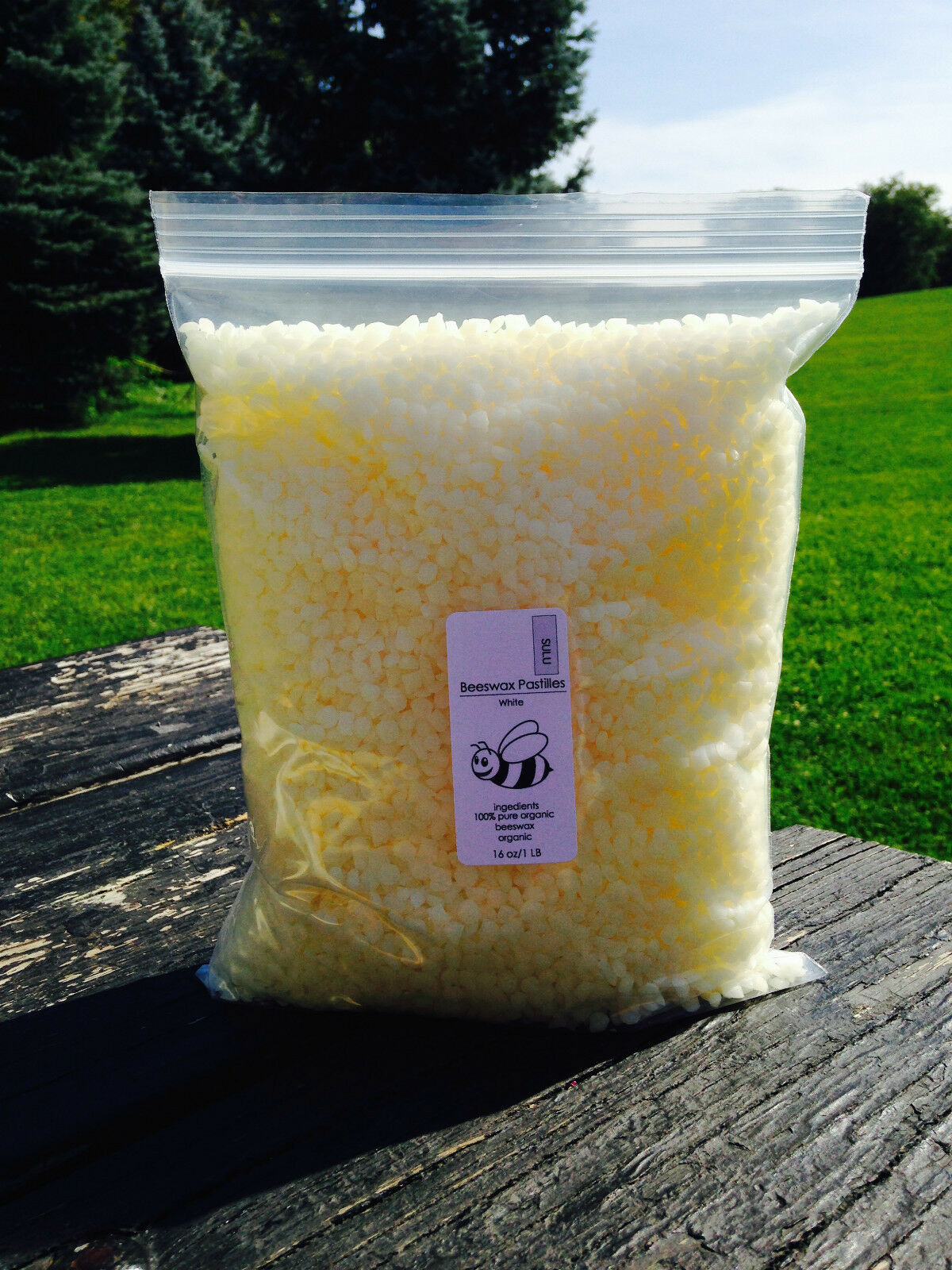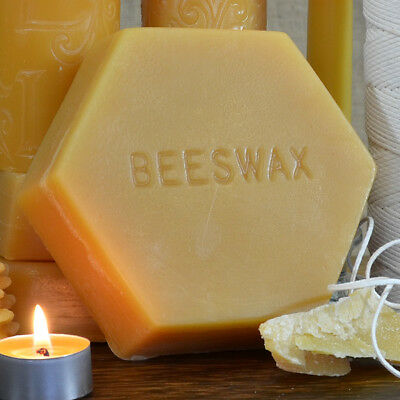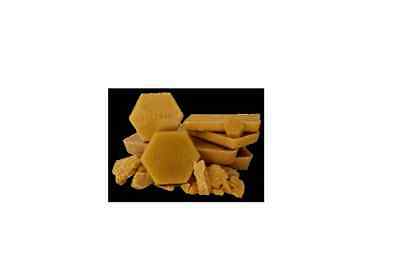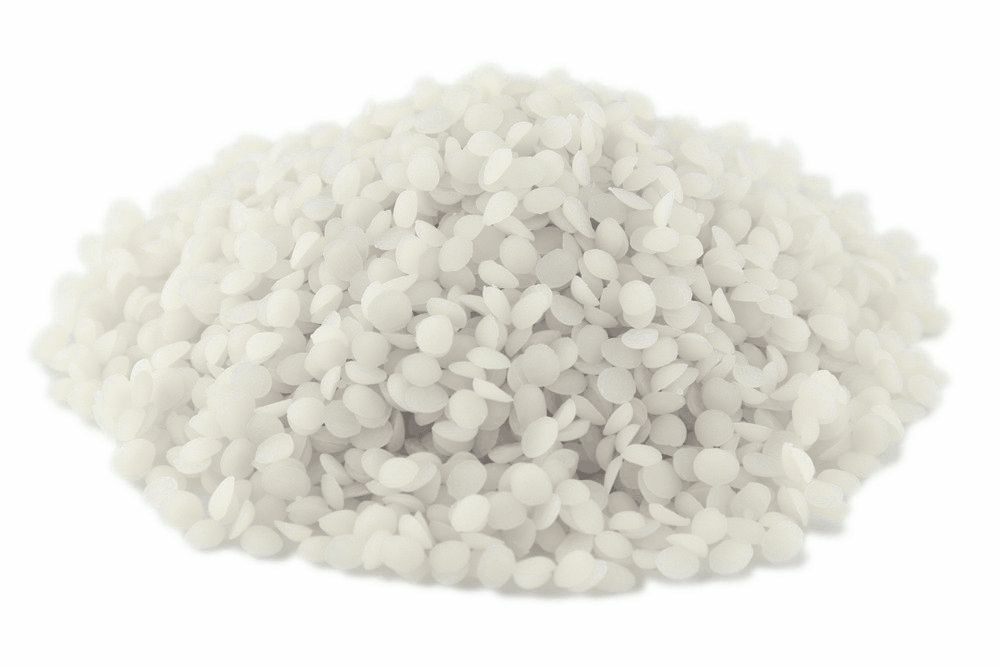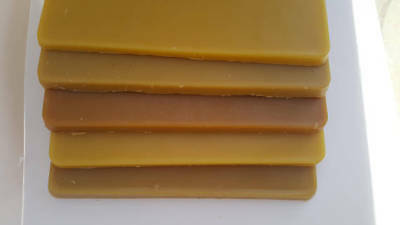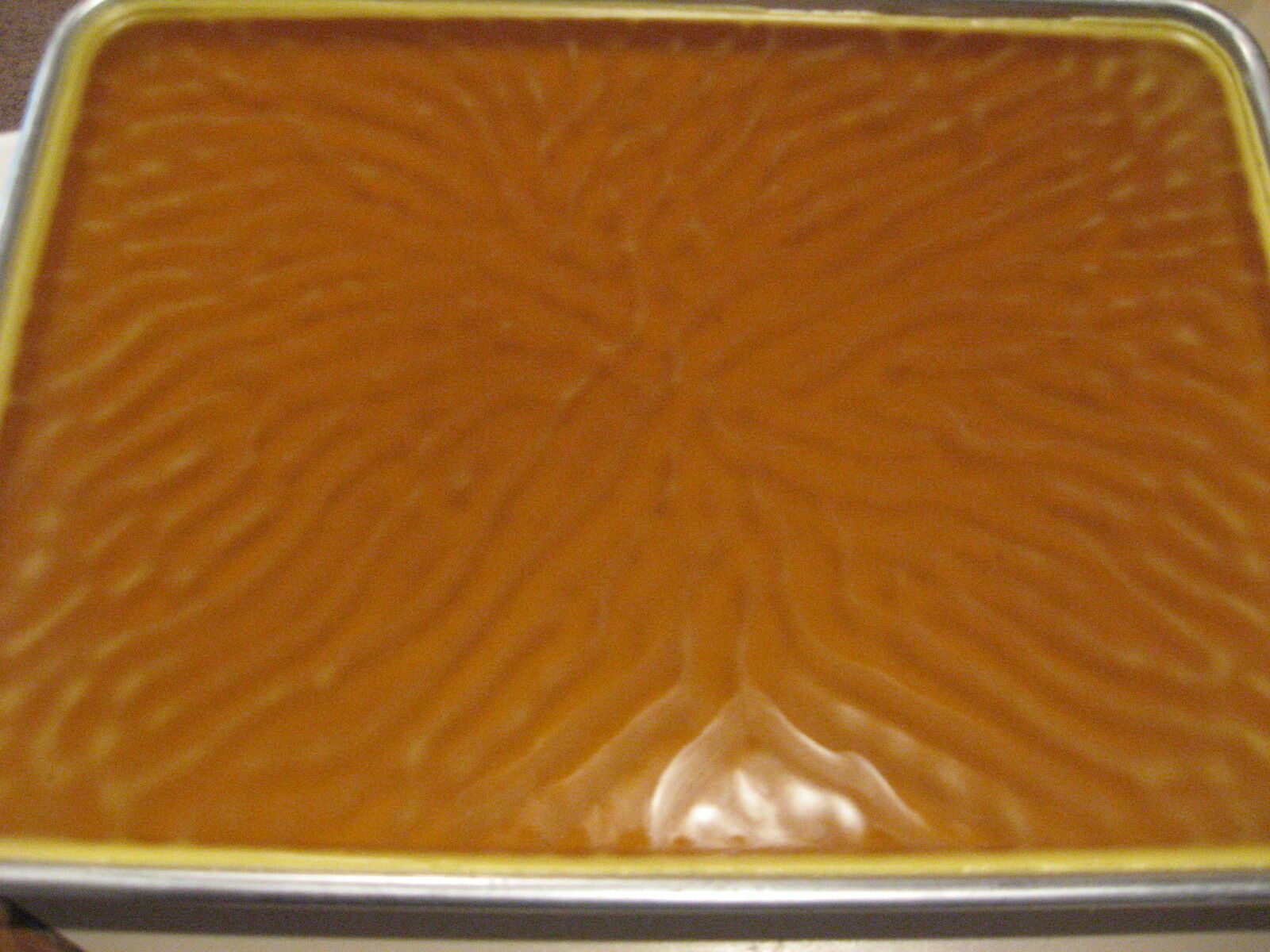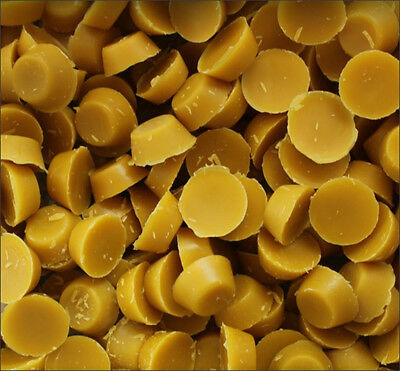-40%
12 OZ COSMETIC GRADE BEESWAX PASTILLES WHITE SKIN CARE/ COSMETICS/ CANDLE
$ 7.33
- Description
- Size Guide
Description
⭐SULU ORGANICS BEST SELLING PRODUCT
⭐
100% PURE ORGANIC ALL NATURAL WHITE BEESWAX PELLETS
NATURALLY REFINED WITHOUT CHEMICALS
BEESWAX HIGH GRADE
Beeswax has been used for thousands of years. Throughout history, beeswax has been found in some very interesting places and for some very fascinating reasons. In the tombs of Egypt, this wax was used to cover/plug the facial openings of the body as well as to close the incision opening from the embalming process. The Vikings used beeswax for the sewing of thick leather. It was also believed that passing the thread through beeswax would strengthen and preserve it. Beeswax has even been found in the ruins of Roman times. And, it has been speculated that beeswax was used as a form of dental tooth filling in ancient times.
How is Beeswax Made?
Beeswax is formed by honeybees (genius Apis) through the consumption of honey or sugar syrup. In order for a honeybee to be able to secret beeswax, it has to be at least 12-18 days old. The secreted size of each honeybee's beeswax portion is referred to as a scale. The size of these scales are equivalent to that of a pinhead. These pinhead scales are sweated out form the glands on the honeybee. Each honeybee has 8 of these wax secreting glands located under their abdomen. These glands do degenerate over time due to age, miles flown, and usage of the honeybee.
Collectively, honeybees need to consume anywhere from 9-10 pounds of honey in order to produce only one pound of beeswax. So, how does this work? In order to ingest one pound of honey, honeybees need to collect nectar from nearly two million flowers. So, to get 9-10 pounds of honey, we are talking about almost 18-20 million pollinated flowers, just to have 1 pound of beeswax. When calculated as to how far bees travel to produce this amount of beeswax, it is equivalent to roughly flying 6 times around the earth. Hence the ever popular saying "busy as a bee".
After their vast travels, once the honeybee is full, they return back to the hive. In order to activate the making of beeswax, the bees all bunch together in a cluster. This raises the temperature of the area, allowing the secretion or sweating out of the beeswax. Once the beeswax is discharged, the bees use their lower mandibles to mold and work the wax into place. This beeswax is used by the honeybees to form their honeycomb cells that their young are raised in. But, beeswax is also used as a storage area for pollen and honey in the hive.
Naturally, when the secretion is first released, it is colorless, odorless, and tasteless. The honey like smell and taste that beeswax obtains, actually comes from the pollen and propolis that the honeybees carry on them from the pollination of flowers, as well as the honey in the hive. This is also the way the color of beeswax changes from clear-white to light- golden yellow. It is not uncommon for beeswax to also be shades of brown. There are variables with beeswax based on the purity and type of flowers the bees gathered from. These changes in the beeswax occur naturally from the beeswax being stored in the beehive prior to collection.
When the honey is collected from a beehive, the beekeeper removes the wax caps from each of the honeycomb cells. This is preformed with an uncapping knife or by machine. The beeswax is then heated in water, where as once the wax is melted and rises to the top; it is skimmed out and removed. Many times, in order for the beeswax to be used for other applications, it must be rendered first to remove any impurities.
The beeswax that is obtained can be made into three different types of beeswax. These types are yellow beeswax, white beeswax, and beeswax absolute. Yellow beeswax is the raw product. White beeswax is the yellow beeswax that has been bleached. Beeswax absolute is yellow beeswax that has been treated with alcohol.
Besides the vital use of beeswax by honeybees, other uses for beeswax are becoming well known.
Beeswax in Skincare:
Beeswax in bath and body products is quickly taking the spotlight over similar skin protectants like petroleum jelly. Beeswax when introduced to bath and body products can thicken the consistency. For the skin, beeswax will actually lock moisture in, yet will still allow the skin to breathe. This barrier that beeswax leaves is long lasting too. Not only does this amazing wax keep us moisturized, it also will keep skin protected from the harsh environments. Beeswax also works as a skin softener, and nourishes our skin too.
Beeswax also has medicinal benefits to its use in body products as well. Beeswax has anti inflammatory, antiviral, and antibacterial properties. These three properties make beeswax very helpful for the healing of smaller wounds and injuries and can also be used for slight skin irritations too. Beeswax works as an antioxidant, and is a good source for vitamin A. This ingredient is great to use when making products specifically for dry and rough skin types because vitamin A promotes hydrating and softening, as well as stimulates cell repair.
Common products that can be made with the use of beeswax in their formulation are skin moisturizers, and body creams. In this type of body care, beeswax plays the role of an emollient (skin softening and/or soothing) and humectant (attracts water and helps to absorb it in the skin). These properties also remain true for soap making with beeswax.
When it comes to hair care products, beeswax can be used to make hair pomades and moustache waxes. The addition of beeswax to hair care products allows for a luxurious shine and sleek look to the hair.
Beeswax in Cosmetics:
Beeswax is a common ingredient for many of the cosmetics women use everyday like lip balms, lip sticks, lip gloss, eye shadow, eye liner, and even blush. In fact, using beeswax for lip care products will actually help with the healing of cracked, or dry lips, as well as the prevention of getting chapped lips especially during the colder months of the year.
Beeswax in Candles:
Candles that are made from beeswax provide a long, pure, and clean burn that does not produce a lot of smoke. In history and even today, beeswax candles are the traditional church candles of Roman Catholic masses and Orthodox churches.
<div style="text-align:center"><a style="text-decoration:none" href="http://mostpopular.sellathon.com/?id=AC1362107"><img src="http://www.sellathon.com/Resources/Images/countercredit.gif" border="0"></a></div>
